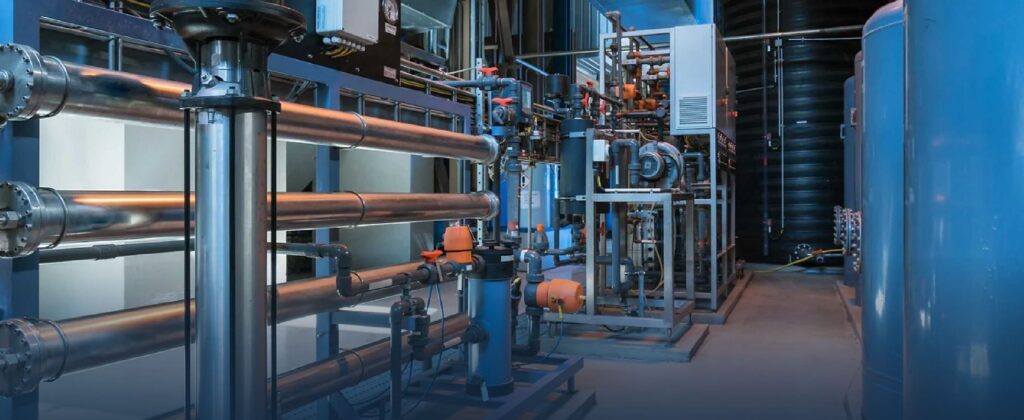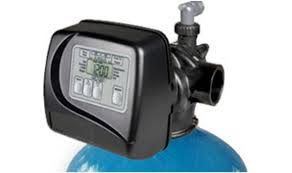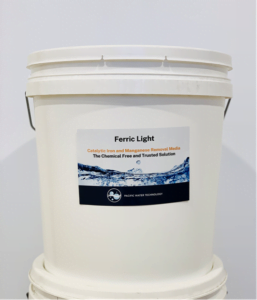~ RESIDENTIAL & RURAL SOLUTIONS ~
Iron Removal
Bore water filtration and removal of iron, manganese and hydrogen sulphide.
Our iron, manganese and hydrogen sulphide filters utilise world-class catalytic oxidation media to effectively oxidise and remove unwanted contaminants from your water supply.
Our MediaPlus iron removal media is based on a Manganese Dioxide catalytic media and requires no chemical addition other than air.
Iron and manganese are unaesthetic parameters present mostly in groundwater, causing unwanted precipitation and colour. Iron removal is based on the precipitation of dissolved iron (Fe2+) into its oxidized form (Fe3+), as Fe (OH)3 or Fe2O3. Hydrogen sulphide (H2S) is a dissolved gas that gives water a characteristic “rotten egg” taste and odour. It corrodes piping, creates odours in the house and turns water black. H2S often occurs naturally in well water, or it can be caused by the presence of sulphate-reducing bacteria in a well or water system. Since bacteria are the most common cause, treatment to control them should be tried first. Shock chlorination is the standard treatment for the control of sulphate-reducing and iron bacteria in a bore.
Zeomangan is formulated from glauconite greensand and is capable of reducing iron, manganese and hydrogen sulfide from water through oxidation and filtration. Soluble iron and manganese are oxidized and precipitated by contact with higher oxides of manganese on the green sand granules. The hydrogen sulfide is reduced by oxidation to an insoluble sulfur precipitate. Precipitates are then filtered and removed by backwashing
The Water Quality Association (WQA) has set voluntary performance standards for oxidative filtration methods. They specify that an oxidizing filter shall reduce:
- 10.0 ppm plus or minus 1.0 ppm soluble iron to not more than 0.2 ppm
- 2.0 ppm plus or minus 0.2 ppm soluble manganese to not more than 0.5 ppm







